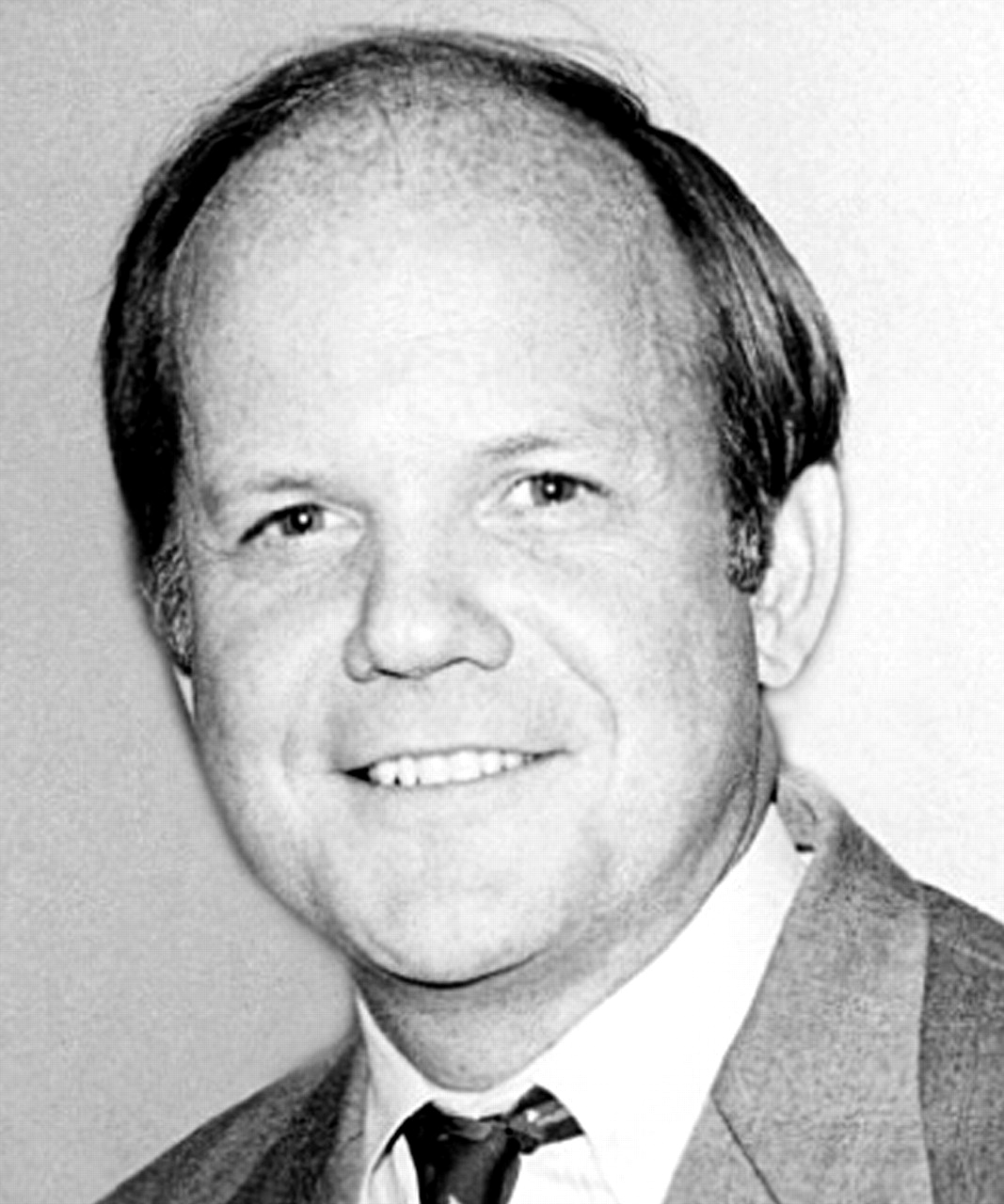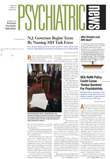I am writing this column to help acquaint members with the role and function of the APA Assembly and to encourage members to better utilize a valuable resource, the Assembly representative.
The Assembly, with representatives from all of APA's district branches, minority/underrepresented groups, and allied organizations, is meant to debate and represent the concerns of you, the members, and generate action papers for consideration by the Board of Trustees on the full range of issues facing psychiatrists today.
Any APA member can propose an action paper for his or her representative to bring forward for the Assembly's consideration. Consultation from relevant councils and committees on action papers is encouraged, and Assembly members are broadly represented on those components to facilitate the process.
The Assembly meets twice a year—just before the annual meeting and in November. The seven Area Councils meet at least once before each Assembly meeting.
Brief History
In 1952, when district branch members expressed an interest to have their representatives influence APA's direction, APA's bylaws were changed to create the Assembly of District Branches. In 1953 the Assembly represented 16 district branches and 8,000 members.
Representation for the first 25 years was entirely geographic. Then in 1978 the Assembly voted to add representation from APA's recognized minority/underrepresented groups, and 10 years later members-in-training were added. In 1994 a district branch with Assembly representatives from the uniformed services was organized, and in 1996 early career psychiatrists joined. Over the next several years, other psychiatric organizations, especially those representing subspecialties, were encouraged to provide nonvoting liaisons; now 17 “allied organizations” are represented in the Assembly, and each has a vote.
There have been many discussions about the optimal size and representational structure of the Assembly, and currently each district branch has at least one voting representative, while larger district branches have one voting representative for every 450 voting members or portion thereof (for example, a district branch of 1,100 would have three voting representatives). Three states—California, New York, and Missouri—have more than one district branch.
Geographical Area Councils were formed shortly after the Assembly was constituted, and the Areas (originally five, now seven) gradually began to meet between meetings.
What Does the Assembly Do?
The Assembly has asked the Board of Trustees for financial and organizational help for district branches needing assistance in funding their infrastructure, recruitment and retention of members, and legislative battles such as attaining nondiscriminatory insurance coverage for mental illness, including substance abuse, and preventing psychologist prescription privileges. The Board has been responsive, and a number of initiatives are available to help district branches in need. (Ask your rep.)
Though the role of the Assembly is advisory to the Board of Trustees, the Assembly can have a profound effect on APA policy and direction. The Assembly was instrumental in urging increased definition and attention to APA's organizational priorities; increasing fiscal oversight and open communication regarding our activities; and improving collaboration and coordination between the Assembly, the councils and other components, and the Board.
Assembly members volunteer much time and work hard for you—our members—and patients. We encourage you to make greater use of your Assembly reps and communicate with them more often.
You can find the names and contact information of your Assembly reps by contacting your local district branch or by logging into Members Corner at APA's Web site at<www.psych.org> and clicking on “Directory of Components.” Then, under “Or Search by Position Title,” you'll see two boxes with drop-down menus; select “District Branches” in the first and then “Reps and Dep Reps” in the second.
Your reps are your conduit to raising issues of concern at the Assembly. They are also a valuable source of information on APA activities and can guide you to resource documents and position statements as well as get you involved in legislative or public affairs activities. Many district branches are developing list serves through which your reps can hear from you and keep you informed about important issues and developments in a timely fashion.
If you are reading this while attending APA's 2005 annual meeting in Atlanta, take a few moments to contact your reps. They'll be working on your behalf during the Assembly's semiannual meeting as well as participating in APA's annual meeting. They are truly APA's “unsung heroes”!▪

